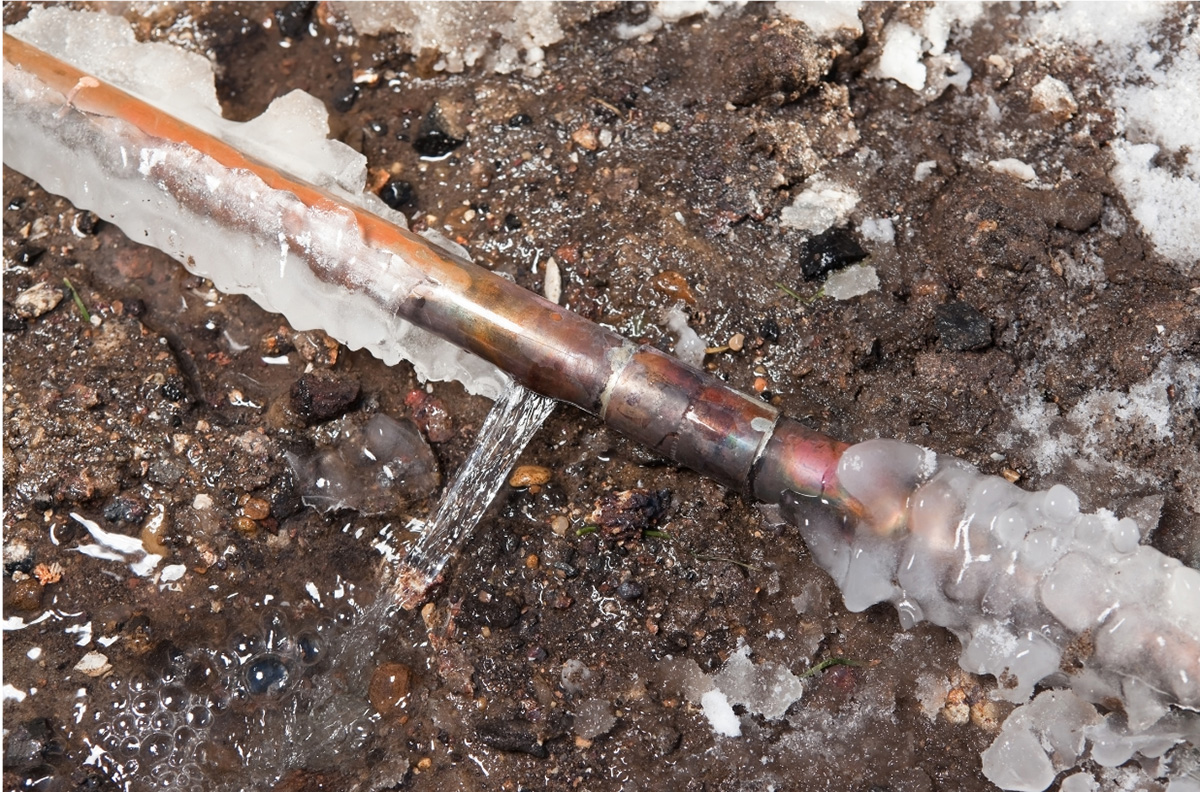How do you really feel in relation to How to prepare your home plumbing for winter weather?

Cold weather can ruin your pipes, specifically by freezing pipelines. Right here's how to avoid it from occurring and what to do if it does.
Intro
As temperature levels drop, the risk of frozen pipes increases, possibly causing costly fixings and water damages. Recognizing how to avoid icy pipes is crucial for homeowners in cool environments.
Avoidance Tips
Protecting vulnerable pipelines
Cover pipelines in insulation sleeves or use warmth tape to protect them from freezing temperatures. Focus on pipelines in unheated or exterior areas of the home.
Home heating techniques
Keep indoor rooms sufficiently heated, particularly locations with plumbing. Open up cupboard doors to enable cozy air to distribute around pipes under sinks.
Exactly how to determine frozen pipelines
Look for reduced water flow from taps, unusual odors or sounds from pipes, and noticeable frost on exposed pipes.
Long-Term Solutions
Structural changes
Consider rerouting pipes away from outside wall surfaces or unheated locations. Include additional insulation to attics, basements, and crawl spaces.
Upgrading insulation
Invest in premium insulation for pipelines, attic rooms, and walls. Appropriate insulation assists keep consistent temperature levels and minimizes the risk of frozen pipelines.
Shielding Outside Plumbing
Garden hoses and exterior taps
Disconnect and drain garden pipes before winter. Mount frost-proof spigots or cover outdoor taps with insulated caps.
Understanding Frozen Pipes
What triggers pipes to ice up?
Pipelines ice up when revealed to temperatures listed below 32 ° F (0 ° C) for prolonged periods. As water inside the pipelines ices up, it expands, taxing the pipeline wall surfaces and possibly causing them to burst.
Dangers and damages
Frozen pipes can lead to water system disturbances, building damages, and pricey repair work. Burst pipes can flood homes and cause considerable structural damages.
Signs of Frozen Pipes
Recognizing icy pipes early can avoid them from rupturing.
What to Do If Your Pipes Freeze
Immediate actions to take
If you believe icy pipelines, maintain taps available to eliminate stress as the ice melts. Make use of a hairdryer or towels taken in warm water to thaw pipes slowly.
Verdict
Stopping icy pipes needs positive actions and fast responses. By comprehending the causes, indicators, and safety nets, house owners can shield their pipes throughout winter.
6 Proven Ways to Prevent Frozen Pipes and Protect Your Home
Disconnect and Drain Garden Hoses
Before winter arrives, start by disconnecting your garden hoses and draining any remaining water. Close the shut-off valves that supply outdoor hose bibs and leave the outdoor faucet open to allow any residual water to drain. For extra protection, consider using faucet covers throughout the colder months. It’s also important to drain water from any sprinkler supply lines following the manufacturer’s directions.
Insulate Exposed Pipes
Insulating your pipes is an effective way to prevent freezing. Pipe insulation is readily available at home improvement stores and is relatively inexpensive. Pay close attention to pipes in unheated areas such as the attic, basement, crawl spaces, or garage. Apply foam insulation generously to create a buffer against the cold. You can also wrap your pipes in heat tape or thermostat-controlled heat cables for added warmth.
Seal Air Leaks
Inspect your home for any cracks or openings that could let in cold air. Seal any holes around the piping in interior or exterior walls, as well as the sill plates where your home rests on its foundation. Additionally, make sure to keep your garage door closed unless you’re entering or exiting. Leaving it open creates a significant air leak that can lead to frozen pipes.
Allow Warm Air Circulation
During cold snaps, it’s essential to allow warm air to circulate evenly throughout your home. Leave interior doors ajar to promote better airflow. Open kitchen and bathroom cabinets to help distribute heat consistently around the rooms. If you have small children or pets, be sure to remove any household chemicals or potentially harmful cleaners from open cabinets for safety.
Let Faucets Drip
A small trickle of water can make a big difference in preventing ice formation inside your pipes. When temperatures drop significantly, start a drip of water from all faucets served by exposed pipes. This continuous flow helps prevent the water from freezing. Additionally, running a few faucets slightly can relieve pressure inside the pipes, reducing the chances of a rupture if the water inside does freeze.
https://choateshvac.com/6-proven-ways-to-prevent-frozen-pipes-and-protect-your-home/

I hope you enjoyed reading our excerpt about 6 Ways to Prevent Frozen Pipes. Thanks so much for spending some time to read through our posting. Sharing is good. You won't know, you may very well be doing someone a favor. Thanks so much for taking the time to read it.
Get Quote